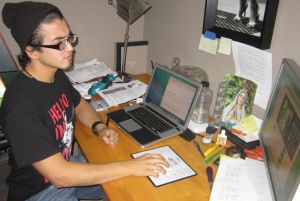Advanced Ableton Live
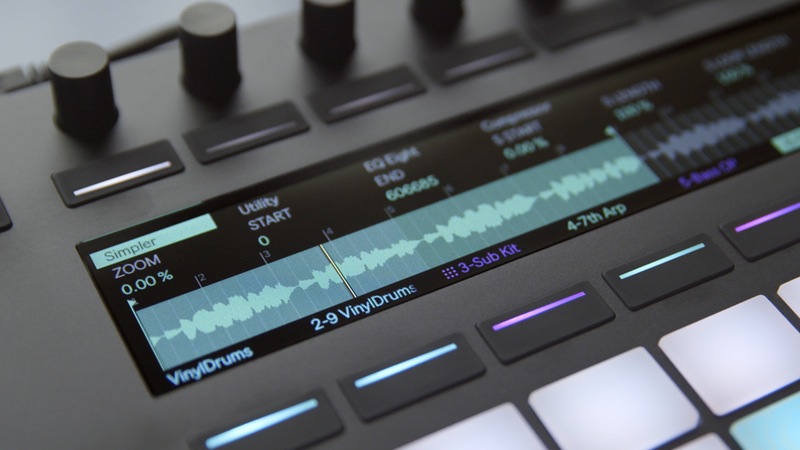
Onsite Course at Mixdown Recording Studios
168 Vernon Ave, Yonkers, New York 10704
$5,999.00
Enroll NowThe Advanced Ableton Live course has been created for those who want to learn how use Ableton Live to make beats and compose really good music. This is not your typical audio engineering program where we just talk about equalizers and compressors, or how digital audio workstations are used. This course has been designed to teach you the art and science of music production. The primary objective of this course is to help you understand what exactly makes a record a radio friendly single, and how exactly a record gets a lot of airplay.
This course will teach you how to put together a beat, and all the other elements that go with it. If you are a beginner producer and have made a beat, you probably are wondering why the beat sounds so cheesy. It is likely that you used a lot of pre set sounds, and didn’t have a live feel to the quality of the recording. As part of the Advanced Ableton Live course, we teach you how to get around that. We do this by teaching you how to obtain sounds that have an authentic live feel with depth and character, as opposed to using the sounds that come preloaded in most music production tools, keyboards, synthesizers, drum machines etc.
It is important to understand that when the aforementioned pieces of equipment were built, one of the primary design objectives was to have clean pristine sounds, so that an oboe preset sounds like an oboe, and a piano preset sounds like a piano. Therefore when you use those sounds, they sound exactly like how those instruments are supposed to sound. The problem is, when you combine them in some cases, they sound sterile and without character. The imperfections that come with certain live and other studio recordings is what give the song that character. That’s why a song that has been sampled and recreated into new versions, have a dynamic feel that just using the presets wont be able to do. This is just one example of how we teach you to make a track that has an authentic sound.
The next thing we teach is song structure. How do you assemble a song so it makes sense and tells a story? Creativity is a very important aspect of this, and is not about following what’s current on the radio and trying to emulate that music. As record company executives and studio owners we often see our clients and associates coming in and showcasing records that sound exactly like what could have been heard on the radio a month ago. Its quiet obvious that they heard something on the radio and tried to emulate the music because they think that is what’s hot, and that’s the reason why that kind of music is on the radio. Not having an understanding of how radio programmers are given records to play and how they choose there material has a lot to do with this horrific decision.
In our song production course we go so far beyond the technicalities of making a song, discussing the practical real world considerations that have to go into making your record. You’re not just producing inside of a studio, you are producing to the whole world, and your records have to be created in such a way that makes them relevant in today’s music market place. They’re various components of what goes into a beat. Having a great solid drum foundation is a good start. Creating a memorable melody is very important, after all, when someone is whistling a tune while listening to their music they’re usually whistling along with the melody. A tricky bass line that is inventive and also memorable helps round out the song. There are so many elements that go along with a song, including music theory that you will learn about. Part of a song is to build a climax, and have a resolution. You have in some cases a call and response in a song. A song has to have its listeners yearning to hear their “favorite” part. Of course tying the whole song together, and is what most people remember is the hook. We go into extensive details into how to create powerful hooks.
Upon completion of this course, students are offered the unique opportunity to work as an intern from inside our world class studio. They will see what it’s like to gain invaluable experience in a professional environment, working with various artists and engineers. Interns will have the training they need to peruse their career with a wide range of experience such as insight into the daily workings of the studio, meetings, booking, and managerial skills. Our apprenticeship provides interns with real world practice while being surrounded by industry professionals.
Ableton Live Level 1: Interface, Loops, Beats, Sketches, Effects
Module 1
Navigating Live’s interface
Session View/Arrangement View
Working with loops
Clip envelopes
Module 2
Session automation
Track automation
Impulse Instrument
Programming original drum beats
Introduction to velocity
Module 3
Understanding and using MIDI channels
Experimenting with live instrument presets
Using the hot swap feature
Sequencing musical parts
Module 4
MIDI and Key mapping
Introduction to frequency spectrum
Introduction to effects and routing
Applying effects to tracks and return tracks
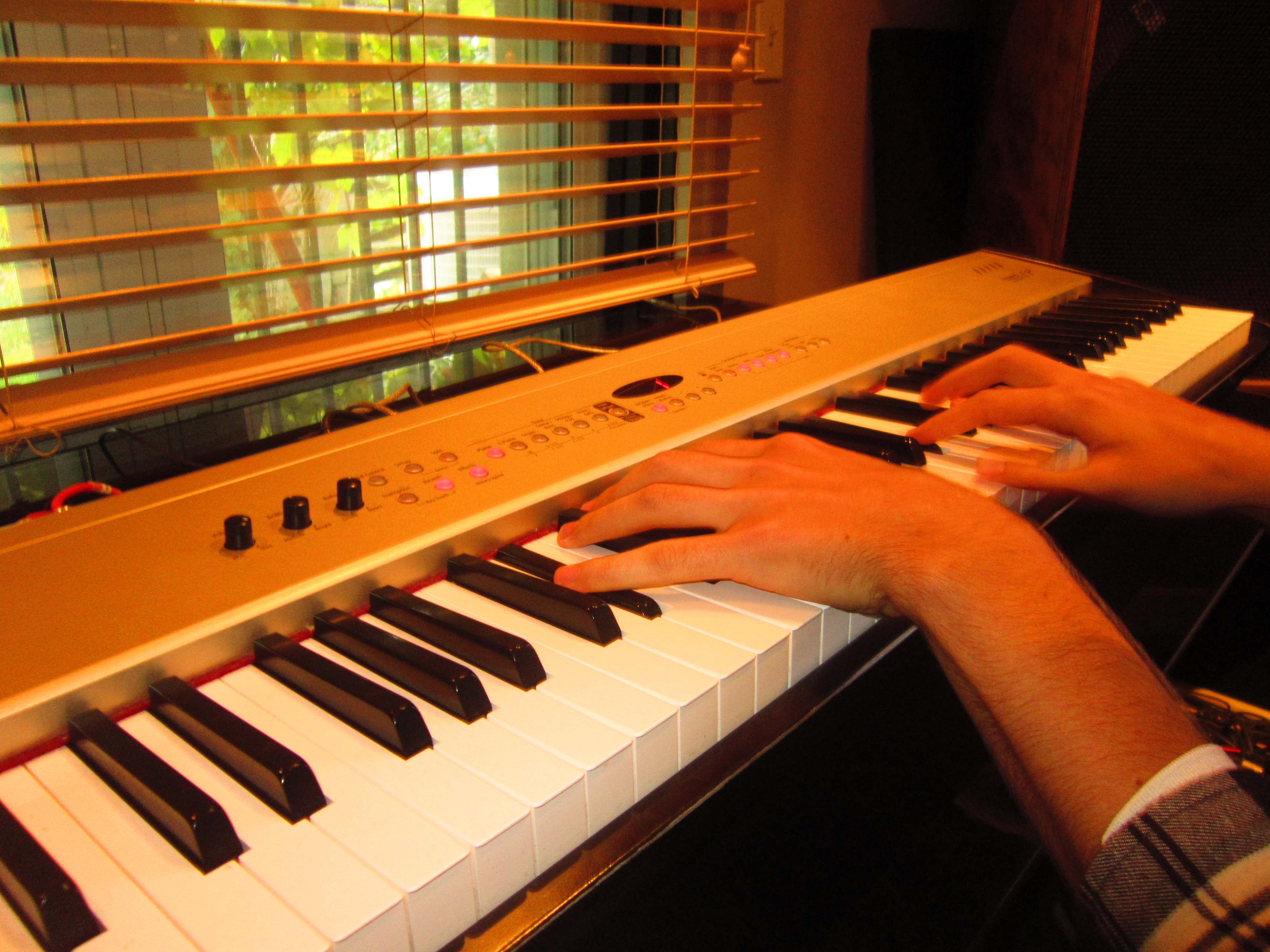
Ableton Live Level 2: Modify, Structure, Resample, Rework, Export
Module 1
The Drum Rack
Recording original drum and percussion parts
Modifying and shaping drum sounds
Separating drum racks preparing for mixing phase
Intro to Compressor
Module 2
Analog Instrument
Creating bass lines
Creating melodies and leads
Module 3
Creating pads, textures, and keyboard parts
Audio recording methods and techniques
Intro to Simpler and Sampler Instruments
Re-sampling
Module 4
Arranging and exporting
Grouping Tracks
Mixing Basics
Rendering a completed track
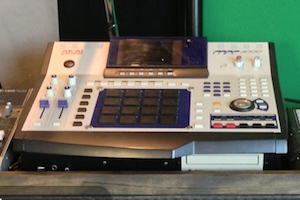
Ableton Live Level 3: Customize, Create, Effect, Process
Module 1
Building custom Drum Racks
Layering drums for a custom sound
Slice to MIDI
Module 2
Creating original bass sounds
Creating original melody and lead sounds
Module 3
Creating original pads, textures, and keyboard sounds
Creating spacial effects: sweeps, risers, and sound effects
Automating your effects throughout your production
Module 4
Limiters
Compression
Side-chain Compression
Using dynamics processors as part of the composition process

Ableton Live Level 4: Advanced Sound Design
Module 1
Intro to Operator and FM synthesis
Operator Automation and Modulation
Creating custom patches with Sampler
Module 2
Intro to Electric, Tension, and Collision Instruments
Exaggerated Processing or “Mangling” for Exotic and Unique Sounds
Module 3
Combining instruments with Instrument Racks
Making sound effects with advanced synthesis, and sampling
Module 4
Intro to Vocoder
Using the Vocoder for resampling, advanced synthesis, and effects
Knowledge on when and how to use these exotic sounds in your production
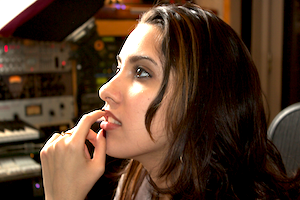
Ableton Live Level 5: Advanced Processing and Mastering
Module 1
Intro to the Audio Effect Rack
Processing and Compression in Parallel
NY Compression
Module 2
Mapping multiple effects to the audio effect rack
Multi-band effects and processing
Advanced distortion
Module 3
Time and rhythmic based effects
Pitch and modulation effects
Advanced EQ techniques and effects
Module 4
Mastering Chains and Order of Operations
Advanced Mixing and Mastering Techniques
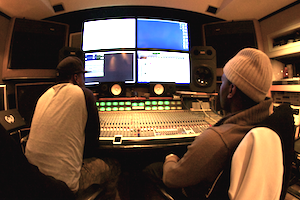
Ableton Live Level 6: Interact, Perform, Marketing, and Video Integration
Module 1
MIDI Effect Rack
MIDI resampling
DJ With Live
Module 2
Max for Live Instruments
Max for Live Audio Effects
Max for Live MIDI Effects
Module 3
Composing and recording with MIDI controllers
Session View Free Styling
Remixing concepts and techniques
Module 4
Marketing and self promotion
Using video in Live
Showcase a finished original production
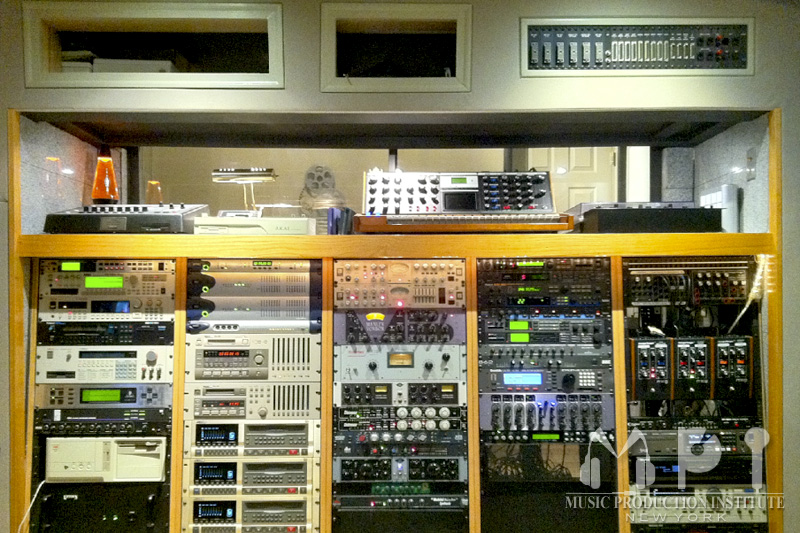
Ableton Live Level 7: Mixdown Recording Studio Internship
Module 1
6 Month Studio Internship
Work in a Professional Environment
Interact with Various Artists and Engineers
Gain Real World Experience
